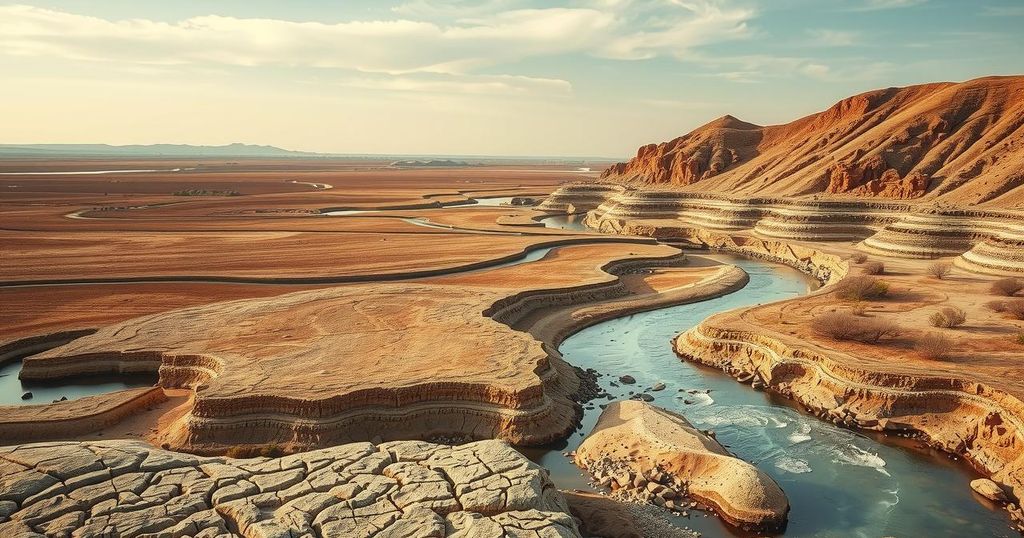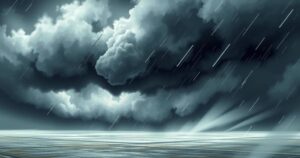Understanding South Africa’s Water Crisis: Key Facts and Figures

South Africa faces a severe water crisis, with 50% of potable water lost due to inefficiencies. Over 3 million people lack basic water access, and 52% in informal settlements have inadequate sanitation. The country experiences 40% less rainfall than the global average, while 61% of water is consumed by agriculture. Alarming compliance issues exist among Water Services Authorities.
Water is a critical resource, described by the South African Department of Water and Sanitation as essential to life. As World Water Day approaches, understanding the local and global water situations is crucial. Here are important facts highlighting the severity of South Africa’s water crisis:
Half of South Africa’s potable water, approximately 50%, is categorized as Non-Revenue water, which indicates it is lost due to system inefficiencies and leaks. Moreover, over 3 million South Africans lack access to basic water supplies.
In Johannesburg’s informal settlements, 52% of the population resorts to using self-dug pit latrines due to inadequate sanitation facilities. According to the United Nations Development Programme (UNDP), failing to provide clean water results in the loss of 443 million school days globally each year due to water-related illnesses.
The South African Human Rights Commission reports concerningly that 115 people in Africa die every hour from diseases linked to inadequate sanitation and contaminated water. Additionally, South Africa receives 40% less rainfall compared to the global average, complicating its water management efforts.
While the global average water usage is 173 liters per person daily, South Africa’s average is 237 liters per person, despite its designation as a water-scarce nation. Water allocation statistics show that 61% of this water is used in agriculture, 27% in households, and 7% in industry.
The Blue Drop Report of South Africa assesses the efficiency and safety of water services. Alarmingly, out of 144 Water Services Authorities, 24 have not attempted compliance with Blue Drop standards, and 40 are in a critical condition. According to the Water Services Act, the minimum water supply standard is 25 liters per person per day. However, during the ‘Day Zero’ crisis in Cape Town, residents were limited to an average of 50 liters per person per day.
The facts presented reflect the dire water crisis in South Africa, emphasizing the urgent need for efficient water management and improved access to this vital resource. The statistics demonstrate a significant loss of potable water, the humanitarian impact of inadequate sanitation, and the alarming state of compliance among water authorities. Addressing these issues is crucial for the welfare of South Africans and the sustainability of water resources.
Original Source: infrastructurenews.co.za







